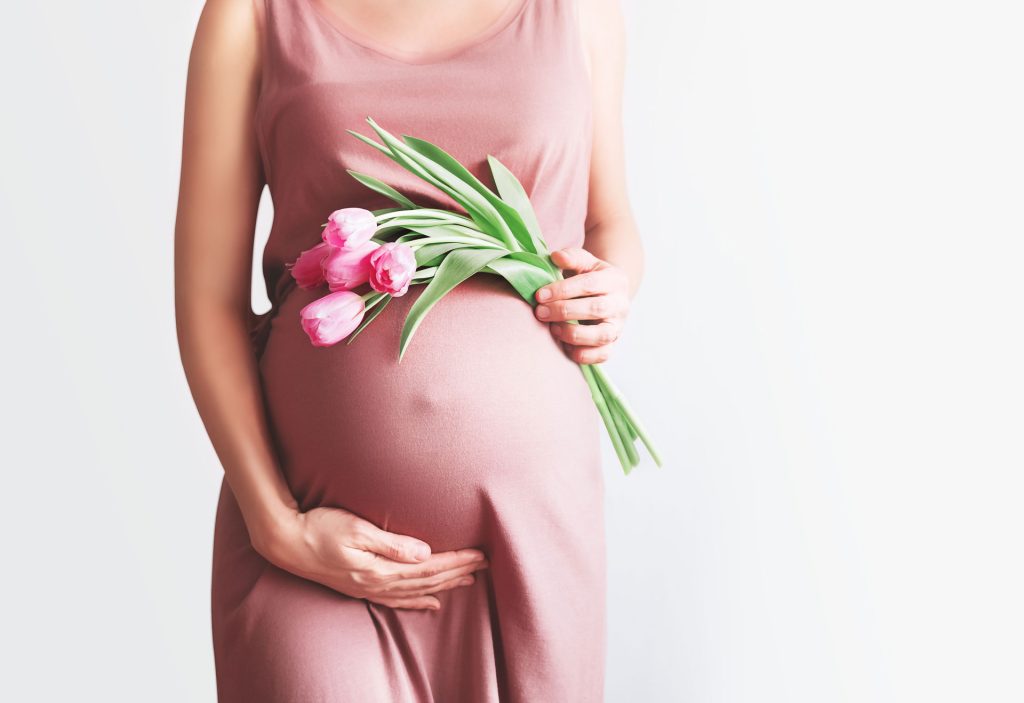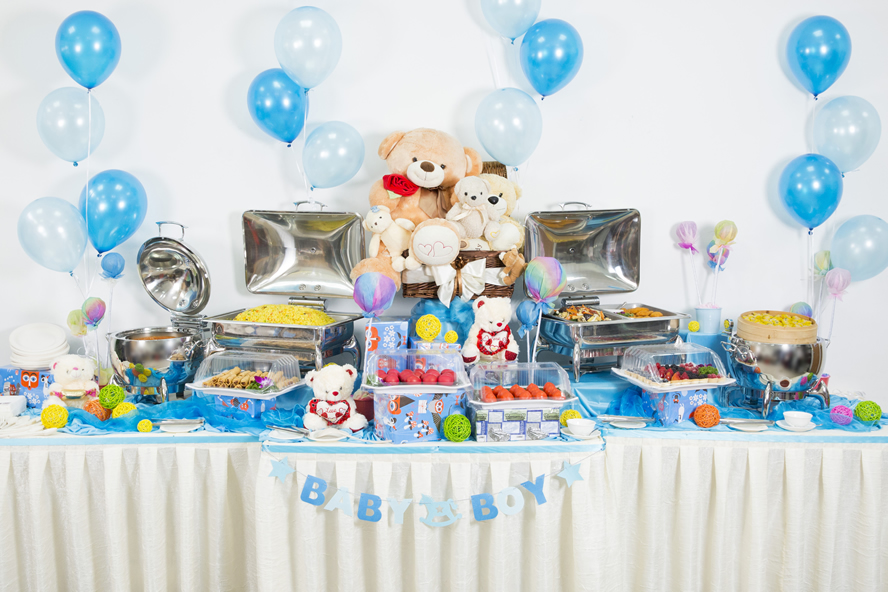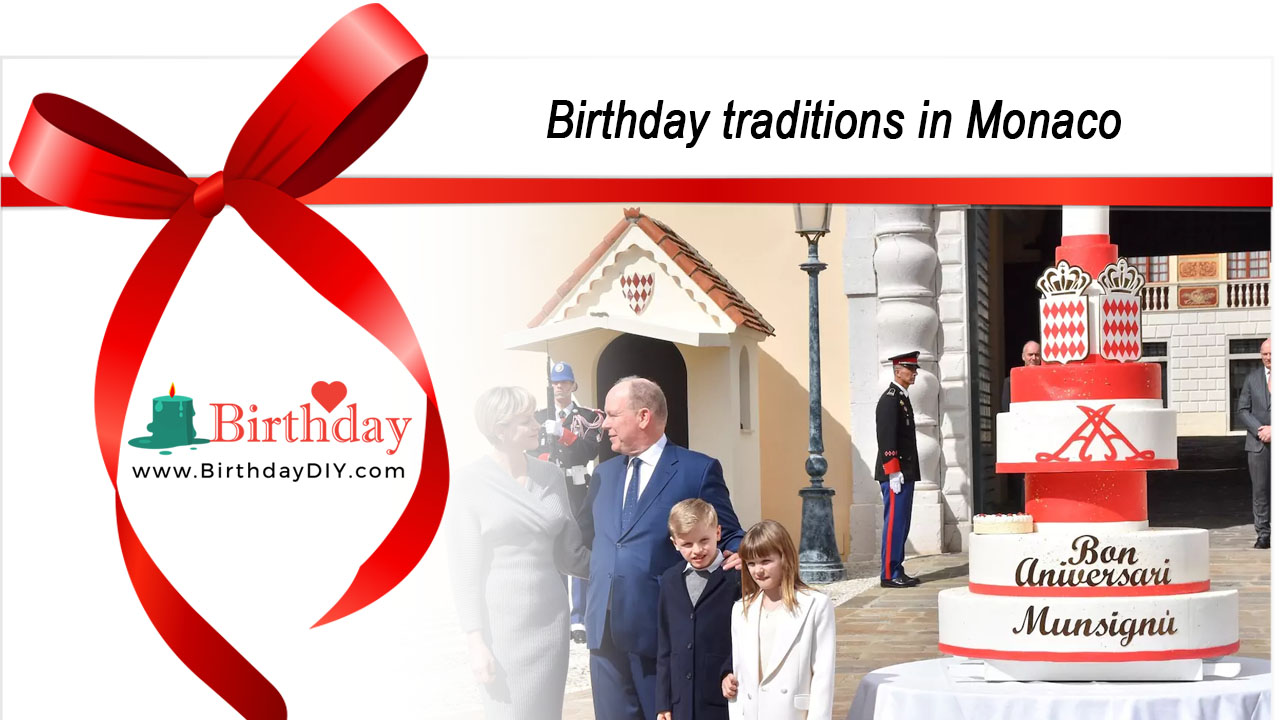Birthday Traditions in Singapore – As an avid birthday enthusiast and gift-giving expert, I’ve always been fascinated by the unique ways cultures celebrate life’s milestones. Today, we’re taking a trip to Singapore to uncover the fascinating world of their birthday traditions, rich in symbolism and steeped in history.
Birthday Traditions in Singapore – A Guide to Singaporean Birthday Traditions
From ancient childbirth rituals to the joyous festivities of a first birthday, join me as we explore the cultural tapestry of Singaporean birthday customs.
Welcoming New Life: Childbirth Rituals and Taboos
In Singapore, childbirth is regarded as a sacred event, intertwined with age-old beliefs and practices. While modern medicine has transformed healthcare, many traditional customs endure, reflecting a deep reverence for life and lineage.

Honoring Fertility
Even before a child is conceived, fertility rituals play a significant role, particularly among the Chinese community. Prayers are offered to deities, seeking blessings for a smooth pregnancy and healthy offspring.
Food symbolism takes center stage, with offerings like “offspring buckets” filled with auspicious treats like red eggs, dates, and peanuts, each representing fertility and prosperity.

Navigating Pregnancy with Care
During pregnancy, numerous taboos are observed to safeguard both mother and child. These vary across dialect groups but often include avoiding funerals and the homes of newlyweds, as these events are believed to carry conflicting energies.
Dietary restrictions are common, and certain activities like sewing and hammering are avoided due to superstitions about potential harm to the baby.
The Significance of the Placenta
The delivery process itself is steeped in tradition, with the handling of the placenta holding particular importance. Different dialect groups have unique practices, from burying it near the ancestral tomb to hanging it on a tree, all aimed at ensuring the well-being of the child.
A Month of Rejuvenation: Postpartum Confinement
After childbirth, Singaporean mothers traditionally undergo a month-long confinement period known as “postpartum confinement.” This time is dedicated to rest, recuperation, and bonding with the newborn.
Strict dietary guidelines are followed, with an emphasis on nourishing foods like chicken soup and ginger wine. Mothers are also advised to avoid strenuous activities, cold water, and exposure to wind.

Marking Milestones: Full Month and First Birthday Celebrations
The first month of a baby’s life culminates in the “Full Month” celebration. Family and friends gather to shower the newborn with blessings and gifts, often including red eggs, clothing, and red packets filled with money.
The pinnacle of Singaporean birthday traditions arrives with the child’s first birthday. This grand affair often surpasses the Full Month celebration in scale, signifying the successful completion of a year of life.
Symbolic Rituals and Festive Feasts
Unique rituals mark this special day. Some families have the baby step on a red tortoise cake, symbolizing longevity and independence. Others participate in the “Birthday Grab,” where the child chooses an object from a selection, believed to foretell their future interests and fortune.
A lavish banquet is customary, with guests enjoying delicious food and sharing in the joy of the occasion.
A Tapestry of Traditions
Singaporean birthday traditions are a vibrant blend of ancient beliefs and modern practices. They reflect a deep respect for life, family, and the passing down of cultural heritage.
As we’ve journeyed through these customs, we’ve uncovered the heart of Singaporean culture – a vibrant tapestry woven with threads of tradition, symbolism, and joyous celebration.





